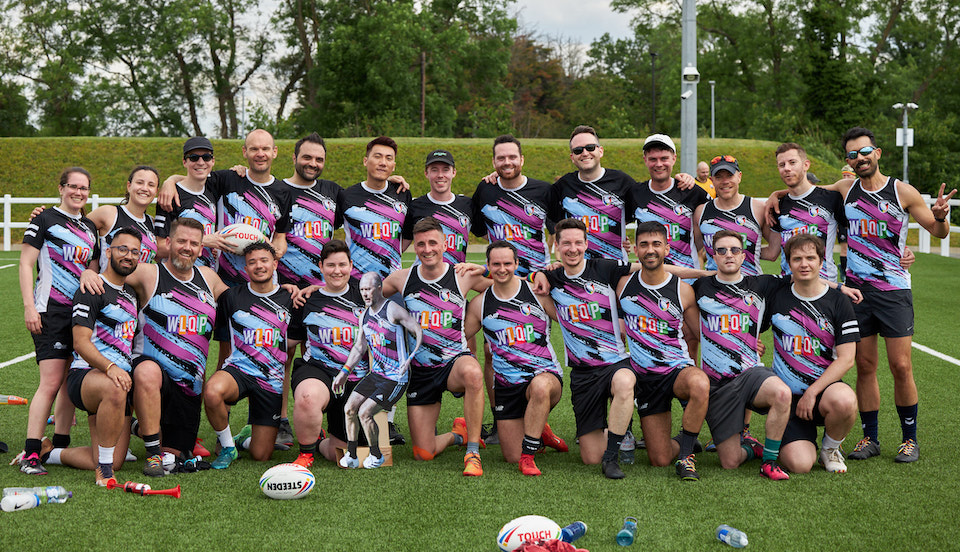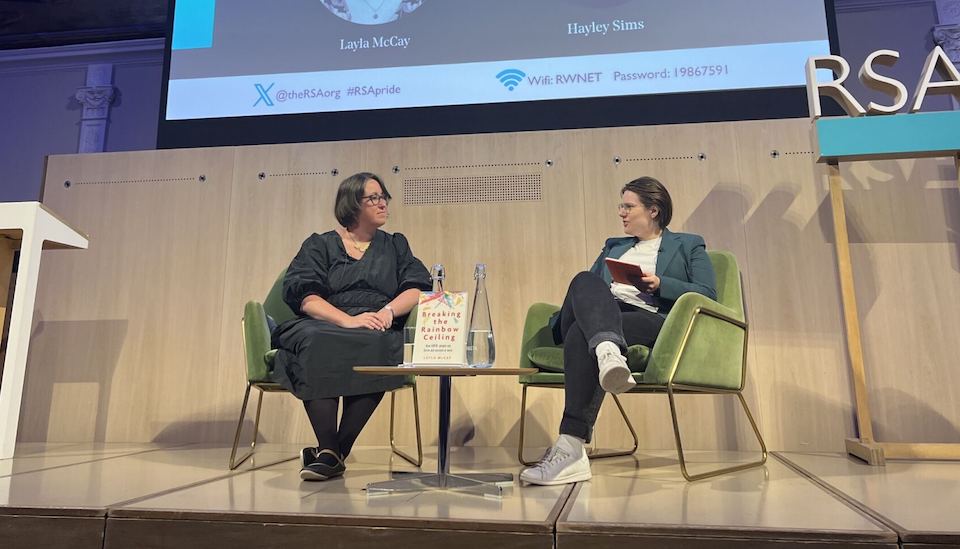As the New Year approaches, thinking about the world, life and the RSA, it all falls into a pattern for a moment. The questions, with which I hope my reader friends will help me, are these; is this original (I fear not only that I have written it all before but that there are a hundred and one other ways of thinking that are, to all intents and purposes, the same), is it useful (it may be true that I am made of the same sub atomic particles as a filing cabinet, but so what?) is there anything that can be done with it (how could these ideas be tested, debated, developed?)........
As in nature, the infinite complexity of individual and collective thought derives from the interplay of a finite number of base elements. This is the starting point for theories of plural rationality. I have written a great deal about one of these, labouring under the unhelpful name cultural theory. It argues that perspectives on change in organisations can be traced back to the interplay of four paradigms; the egalitarian, the hierarchical, the individualistic and the fatalistic. These four are always at play, continuously generating new demands, shaping conflicts and determining the success of solutions.
MRI scans, undertaken by neuro-scientists interested in the physiological basis of ways of seeing the world, have suggested that different perspectives seem to be consistently associated with activity in certain areas of the brain. It may seem far fetched (and reductionist) to suggest there is a piece of the brain reserved for, say, hierarchical thoughts, however, cultural theory’s four organisational paradigms could be seen to reflect broadly a more basic set of behavioural alternatives.
Faced with a social choice we can do what we want or feels right for us (individualistic impulse), do what the group expects/needs (egalitarian impulse), do what we have been told (hierarchical impulse) or ‘decide’ it’s not worth making a choice (fatalistic impulse). Is it credible and useful to think of the everyday experience of free will as the process of switching between these alternative responses?
Between moment to moment choices and collective strategies lies the narrative of our lives. Here too we can measure along three axes. We aspire to a good quality of life; to getting what we believe we deserve and gives us pleasure (nb this is not the same as selfishness). We want also to succeed; to make an impact (and be seen to make an impact) using the powers and skills we possess. And we want to feel we are doing good; to meet our responsibilities to the community in which we find meaning. (By the way, I have tried to map the sources of life satisfaction onto the choice options and the cultural theory paradigms but find any attempt obscures more than it illuminates)
The reason key aspects of our lives (e.g. family and friends, paid work and structured voluntary activity) satisfy us one day but, even though they have remain unchanged, not the next, may be because we view our life as a whole through distinct lenses. A job which meets our need for good pay and conditions and gives us plenty of status and control may feel empty and pointless when viewed through the lens of duty. Just as in an organisation - where the temporary dominance of one perspective generates a counter reaction along the lines of the other perspectives - so in our lives a period in which the fulfilment of duty has predominated will gradually generate dissatisfaction with a perceived lack of enjoyment or recognition.
Institutions are places where people make choices, pursue life wishes and respond together to challenges. Institutions that hope to endure and to fulfil a social mandate (like the RSA) need: to develop a set of norms (egalitarian impulse), rules (hierarchical) and incentives (individualistic) that make it more likely day to day choices will strengthen the institution, (in order to address the inevitability and danger of fatalism they must also allow sufficient space for reflection and autonomy). The institution will also seek to provide sustenance for the different sets of life wishes, so that through whatever lens a participant is looking at the institution (pleasure, duty, ambition) there are reasons for positive engagement. Finally, the institution will recognise, foster and seek to balance the different sources of organisational energy which derive from egalitarian, hierarchical, and individualistic ways of thinking about change (collective individualism is not an oxymoron as individualists can be united by their disdain for egalitarian, hierarchical and fatalistic views).
Needless to say there are many additional sources of complexity. For example, while certain people or certain positions within the institution may have a predisposition to a certain way of viewing change (managers to hierarchy for example), the perspectives are dynamically and unpredictably generated in relation to specific challenges. Also, an institution contains many different levels of organisation, each one of which contains the dynamics of plural rationality. For example, while the management team may adopt a hierarchical stance in relation to the organisation as institution, the team as an organisation itself is prone to dividing internally along the four paradigms (the hierarchically-inclined departmental supervisor may be an egalitarian subversive in the corporate management team).
The important thing for the leaders of an institution is to understand the core elements which structure choice, work satisfaction and collective approaches to change, to recognise that each element is inevitable and has something to give, and to understand how the dynamic interplay of the elements can never be resolved and indeed is the source of innovation and growth.
Related articles
-
Prosperous Places: creating thriving communities
Tom Stratton
With regional growth at the top of the agenda, it is vital that we create thriving communities across economic, social and natural perspectives. Prosperous Places is a suite of interventions aimed at responding to the unique ambitions and challenges of places.
-
Pride interview: Felipe Tozzato
Deborah Ajia
The commercial photographer and RSA Fellow explains what Pride means to him, the importance of courage, making friends through rugby and why being gay is his superpower.
-
Let's smash the Rainbow Ceiling
Ben Oliver
Reflecting on Layla McCay’s recent RSA talk, Ben Oliver offers five ways for employers to create a positive culture for their LGBTQ+ staff that benefits both the individual and the organisation.




Be the first to write a comment
Comments
Please login to post a comment or reply
Don't have an account? Click here to register.